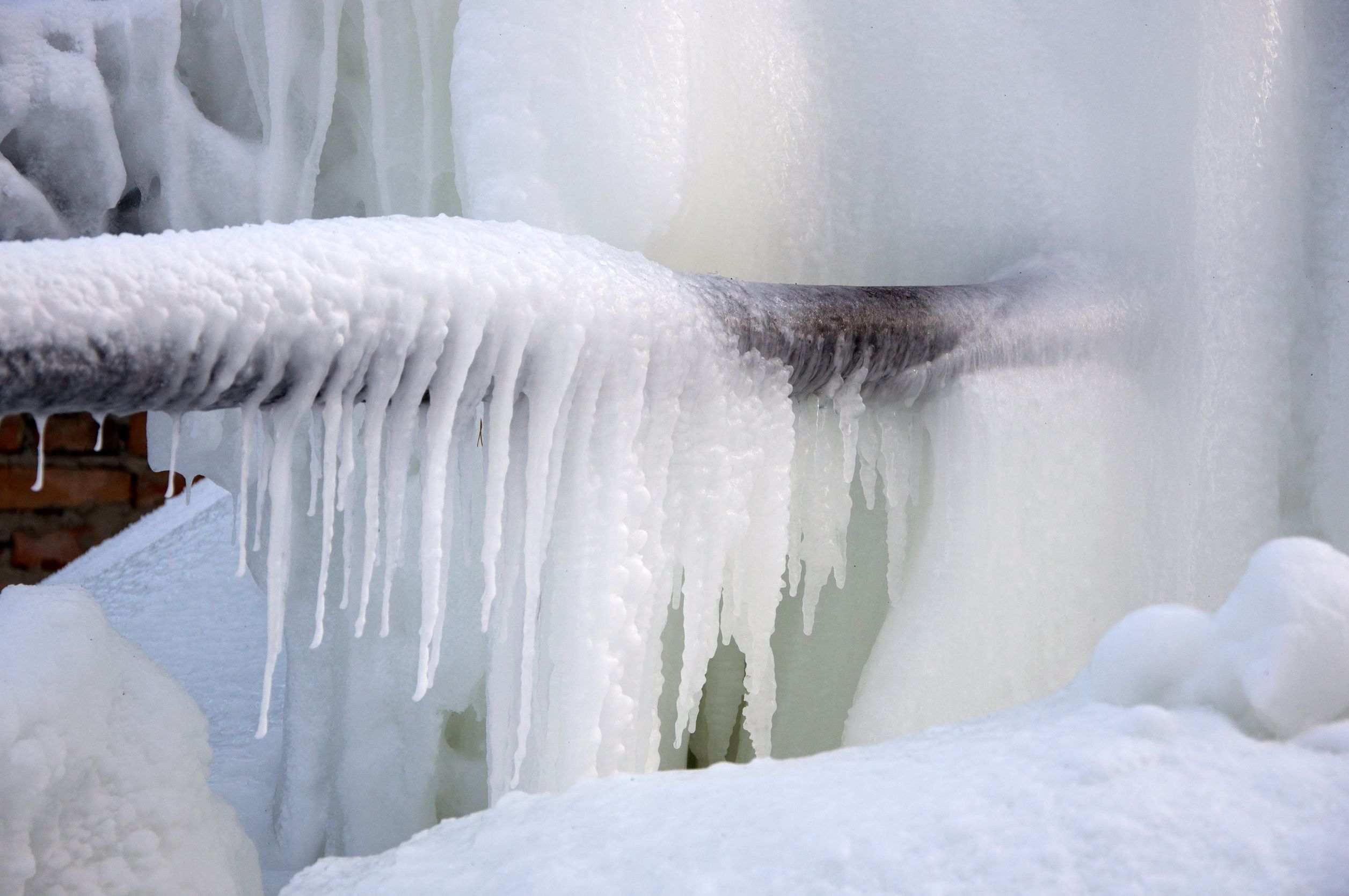The writer is making several great pointers related to Prevent Frozen Pipes overall in the article which follows.

Winter can wreak havoc on your plumbing, especially by freezing pipelines. Here's exactly how to stop it from happening and what to do if it does.
Introduction
As temperatures decrease, the danger of icy pipelines rises, possibly leading to costly fixings and water damages. Recognizing exactly how to avoid icy pipes is important for property owners in chilly climates.
Understanding Icy Pipelines
What triggers pipes to ice up?
Pipes freeze when revealed to temperature levels below 32 ° F (0 ° C) for extended durations. As water inside the pipes freezes, it expands, putting pressure on the pipe walls and potentially triggering them to rupture.
Risks and problems
Icy pipes can lead to water disruptions, building damage, and costly fixings. Burst pipes can flooding homes and create extensive structural damages.
Indications of Frozen Piping
Identifying icy pipes early can avoid them from bursting.
How to recognize icy pipes
Try to find lowered water circulation from taps, uncommon odors or noises from pipelines, and visible frost on exposed pipes.
Prevention Tips
Protecting at risk pipelines
Wrap pipelines in insulation sleeves or make use of warm tape to protect them from freezing temperature levels. Concentrate on pipes in unheated or external locations of the home.
Home heating methods
Keep indoor spaces properly warmed, particularly locations with plumbing. Open closet doors to enable warm air to distribute around pipes under sinks.
Shielding Outside Plumbing
Yard hose pipes and exterior taps
Disconnect and drain pipes garden pipes before winter. Set up frost-proof faucets or cover outside taps with insulated caps.
What to Do If Your Pipelines Freeze
Immediate actions to take
If you presume frozen pipes, keep faucets open up to eliminate stress as the ice melts. Use a hairdryer or towels soaked in hot water to thaw pipelines gradually.
Long-Term Solutions
Architectural changes
Take into consideration rerouting pipelines away from outside walls or unheated locations. Add extra insulation to attic rooms, cellars, and crawl spaces.
Updating insulation
Invest in high-quality insulation for pipes, attics, and walls. Correct insulation aids maintain regular temperatures and decreases the danger of frozen pipes.
Final thought
Preventing frozen pipelines calls for proactive actions and quick actions. By recognizing the reasons, signs, and safety nets, home owners can secure their pipes during winter.
6 Proven Ways to Prevent Frozen Pipes and Protect Your Home
Disconnect and Drain Garden Hoses
Before winter arrives, start by disconnecting your garden hoses and draining any remaining water. Close the shut-off valves that supply outdoor hose bibs and leave the outdoor faucet open to allow any residual water to drain. For extra protection, consider using faucet covers throughout the colder months. It’s also important to drain water from any sprinkler supply lines following the manufacturer’s directions.
Insulate Exposed Pipes
Insulating your pipes is an effective way to prevent freezing. Pipe insulation is readily available at home improvement stores and is relatively inexpensive. Pay close attention to pipes in unheated areas such as the attic, basement, crawl spaces, or garage. Apply foam insulation generously to create a buffer against the cold. You can also wrap your pipes in heat tape or thermostat-controlled heat cables for added warmth.
Seal Air Leaks
Inspect your home for any cracks or openings that could let in cold air. Seal any holes around the piping in interior or exterior walls, as well as the sill plates where your home rests on its foundation. Additionally, make sure to keep your garage door closed unless you’re entering or exiting. Leaving it open creates a significant air leak that can lead to frozen pipes.
Allow Warm Air Circulation
During cold snaps, it’s essential to allow warm air to circulate evenly throughout your home. Leave interior doors ajar to promote better airflow. Open kitchen and bathroom cabinets to help distribute heat consistently around the rooms. If you have small children or pets, be sure to remove any household chemicals or potentially harmful cleaners from open cabinets for safety.
Let Faucets Drip
A small trickle of water can make a big difference in preventing ice formation inside your pipes. When temperatures drop significantly, start a drip of water from all faucets served by exposed pipes. This continuous flow helps prevent the water from freezing. Additionally, running a few faucets slightly can relieve pressure inside the pipes, reducing the chances of a rupture if the water inside does freeze.
https://choateshvac.com/6-proven-ways-to-prevent-frozen-pipes-and-protect-your-home/

Hopefully you enjoyed our part about How To Avoid Freezing Pipes. Thanks so much for taking a few minutes to browse our blog. Sharing is good. One never knows, you might be helping someone out. Thank you for taking the time to read it.
Free Estimates
Comments on “Prevent Frozen Plumbing in Cold Weather: Professional Tips”